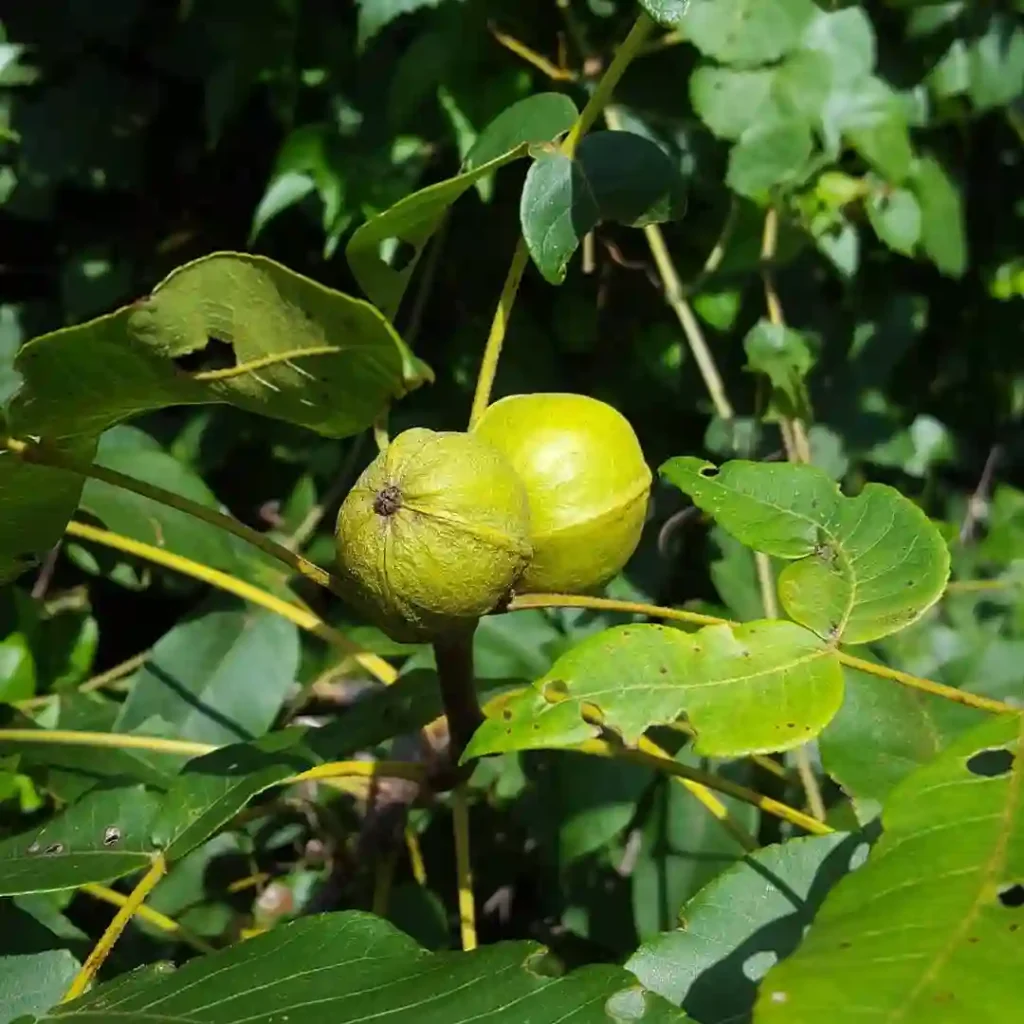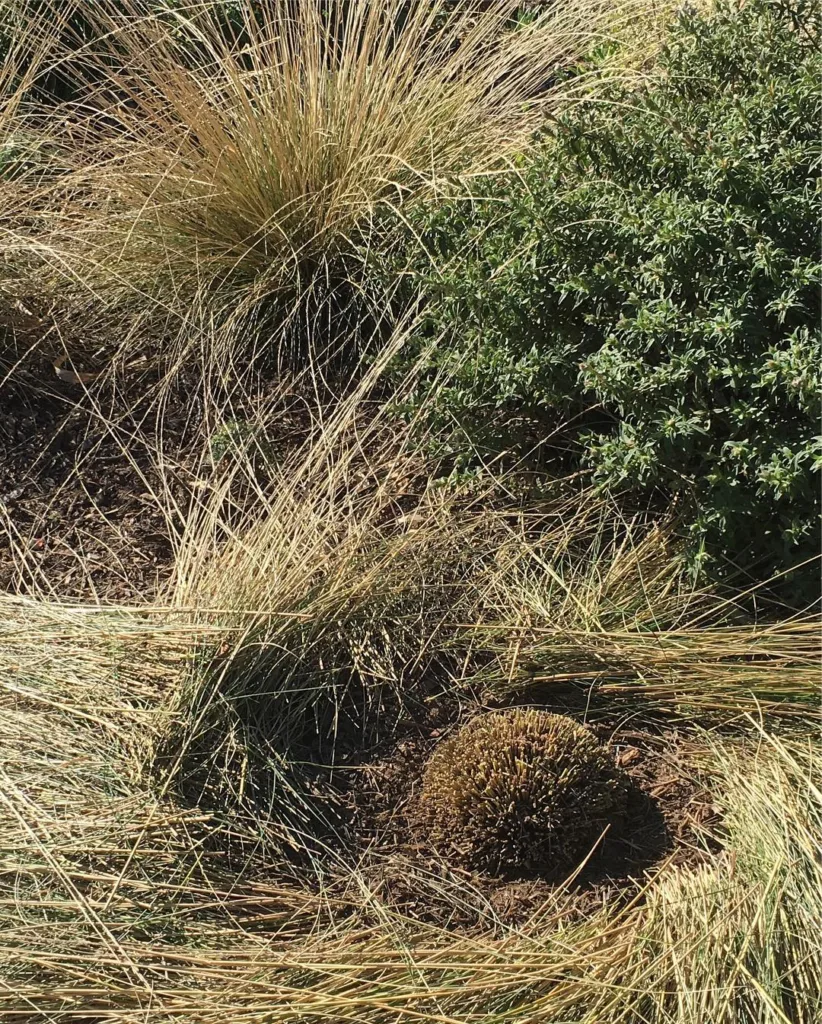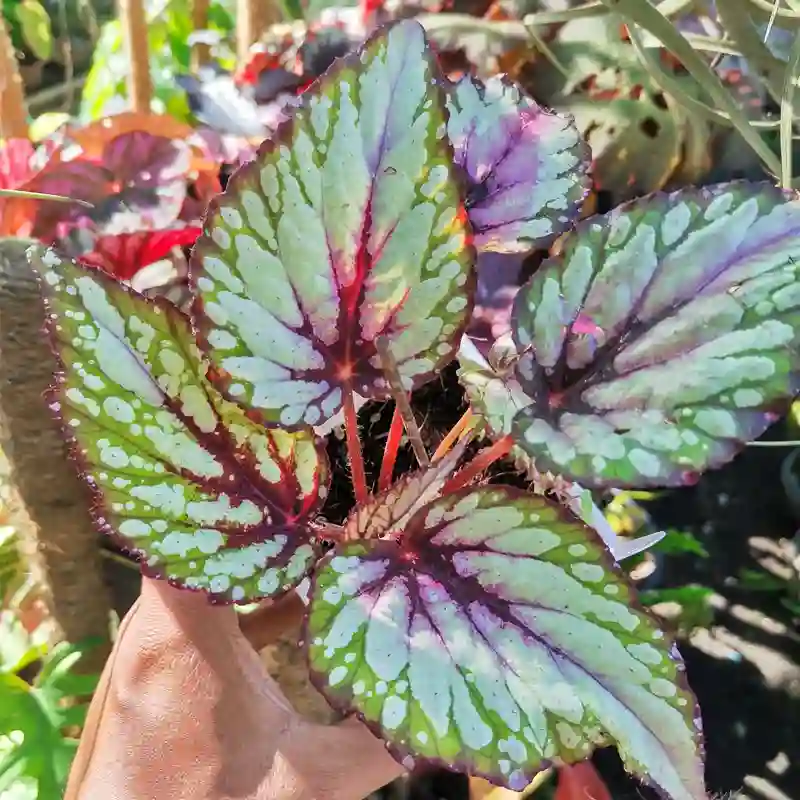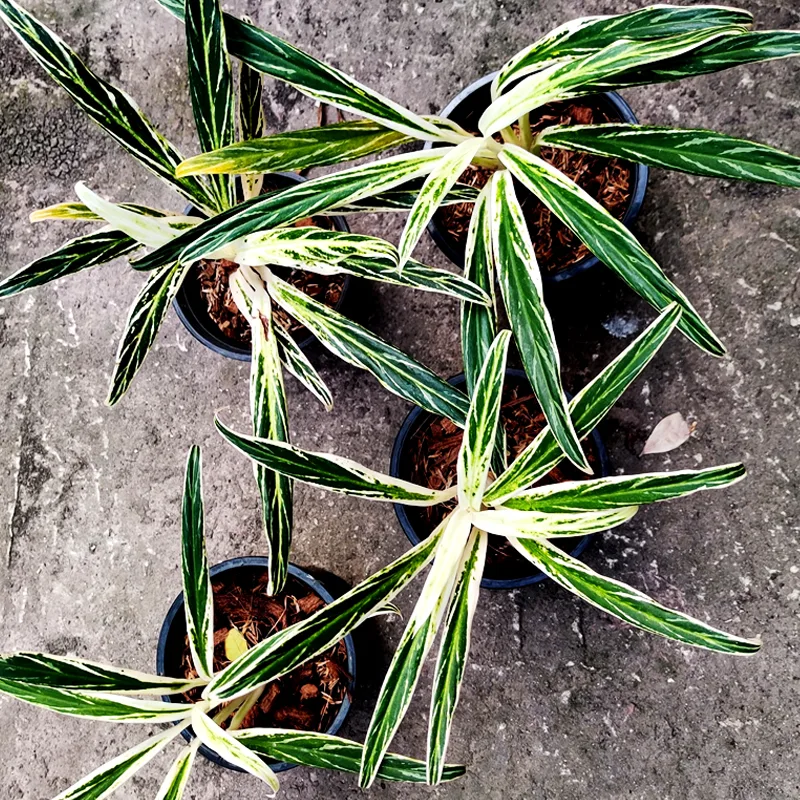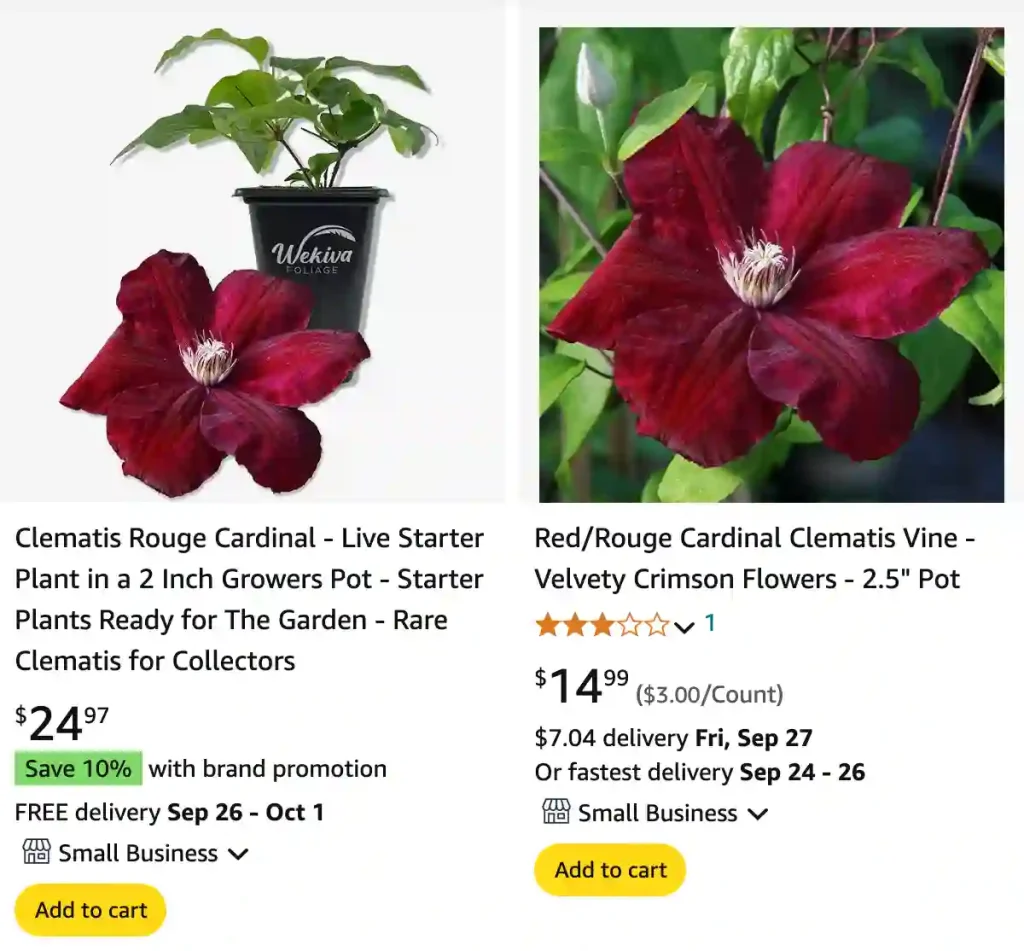
FAQs About Clematis Rouge Cardinal
Clematis Rouge Cardinal is one of my favorite flowering vines. Its rich, deep red flowers are a stunning addition to any garden. In this article, I’ll address some frequently asked questions about this beautiful plant, including when it flowers, where to buy it, and tips on planting and care.
391 Species in Genus Clematis
When Does Clematis Rouge Cardinal Flower?
Clematis Rouge Cardinal typically flowers from late spring to early fall. I’ve found that the blooms are most abundant in June and July, creating a vibrant display. This long flowering period allows for plenty of opportunities to enjoy its beauty throughout the growing season. If you provide the right conditions, you’ll likely be rewarded with an impressive show.
Where to Buy Rouge Cardinal Clematis?
When it comes to finding Clematis Rouge Cardinal, there are several options. I recommend checking local nurseries or garden centers first; they often carry a selection of clematis plants. If you prefer online shopping, numerous reputable garden supply websites offer this variety. Just make sure to choose a trusted seller to ensure the health of your plant. I usually look for reviews or recommendations before making a purchase to avoid any disappointments.
Does Clematis Rouge Cardinal Grow on Old Wood?
One common question I hear is whether Clematis Rouge Cardinal grows on old wood. This variety is classified as a group 2 clematis, which means it flowers on both old and new wood. I’ve noticed that it tends to produce more blooms on the previous year’s growth, so pruning should be done carefully. I typically trim it back in late winter or early spring, removing only dead or weak stems. This helps encourage new growth while preserving the old wood that will produce flowers.
How to Plant Rouge Cardinal Clematis?
Planting Clematis Rouge Cardinal is a straightforward process. I usually follow these steps to ensure success:
- Choose the Right Location: Select a spot with full sun to partial shade. I’ve found that it thrives with at least six hours of sunlight a day.
- Prepare the Soil: Ensure the soil is well-draining and rich in organic matter. I often mix compost into the planting hole to give it a nutrient boost.
- Planting: Dig a hole twice the size of the root ball. Place the plant in the hole, ensuring the crown is at soil level. Backfill with soil and water thoroughly.
- Mulch: I like to apply a layer of mulch around the base to help retain moisture and suppress weeds.
How to Care for Clematis Rouge Cardinal?
Caring for Clematis Rouge Cardinal involves a few key practices:
- Watering: Keep the soil consistently moist, especially during dry spells. I water deeply once a week, allowing the soil to dry slightly between waterings.
- Fertilizing: I apply a balanced fertilizer in early spring to promote healthy growth. A slow-release fertilizer works well for this purpose.
- Pruning: As mentioned, prune after flowering in the summer to encourage more blooms. I typically remove about one-third of the plant to stimulate new growth.
What to Plant With Clematis Rouge Cardinal?
Clematis Rouge Cardinal pairs beautifully with various companion plants. I’ve had great success planting it alongside roses, as their blooms complement each other nicely. Other good companions include delphiniums and daylilies, which add layers of color and texture. Just ensure that taller plants do not overshadow the clematis.
Can You Grow Clematis Rouge Cardinal Indoors?
While I’ve primarily grown Clematis Rouge Cardinal outdoors, some gardeners attempt to grow it indoors in large containers. However, it requires ample light and space to thrive. I recommend providing a sunny window and a trellis for support if you decide to try this indoors. Just keep in mind that it may not bloom as profusely as it would outside.
Is Clematis Rouge Cardinal Toxic?
Fortunately, Clematis Rouge Cardinal is not considered toxic to pets or humans. I appreciate this quality, especially if you have curious pets that like to explore the garden. However, it’s always good practice to monitor pets around any plant, as some individuals may have sensitivities.
Common Problems with Clematis Rouge Cardinal
One issue I’ve encountered is powdery mildew, particularly in humid conditions. To combat this, I ensure good air circulation by spacing plants properly. I also avoid overhead watering to keep the foliage dry. If powdery mildew does appear, I apply an organic fungicide or homemade solution of water and baking soda.
Comparing Clematis Rouge Cardinal with Other Varieties
If you’re considering alternatives, Clematis Jackmanii is another popular choice. While it blooms in a striking purple hue, it has similar care requirements to Rouge Cardinal. I find that Jackmanii has a slightly more vigorous growth habit but doesn’t quite match the stunning red of Rouge Cardinal.
In conclusion, Clematis Rouge Cardinal is a rewarding plant that can bring vibrant color and beauty to your garden. With the right care and attention, it will flourish and provide you with stunning blooms for years to come. Happy gardening!
If i die, water my plants!
